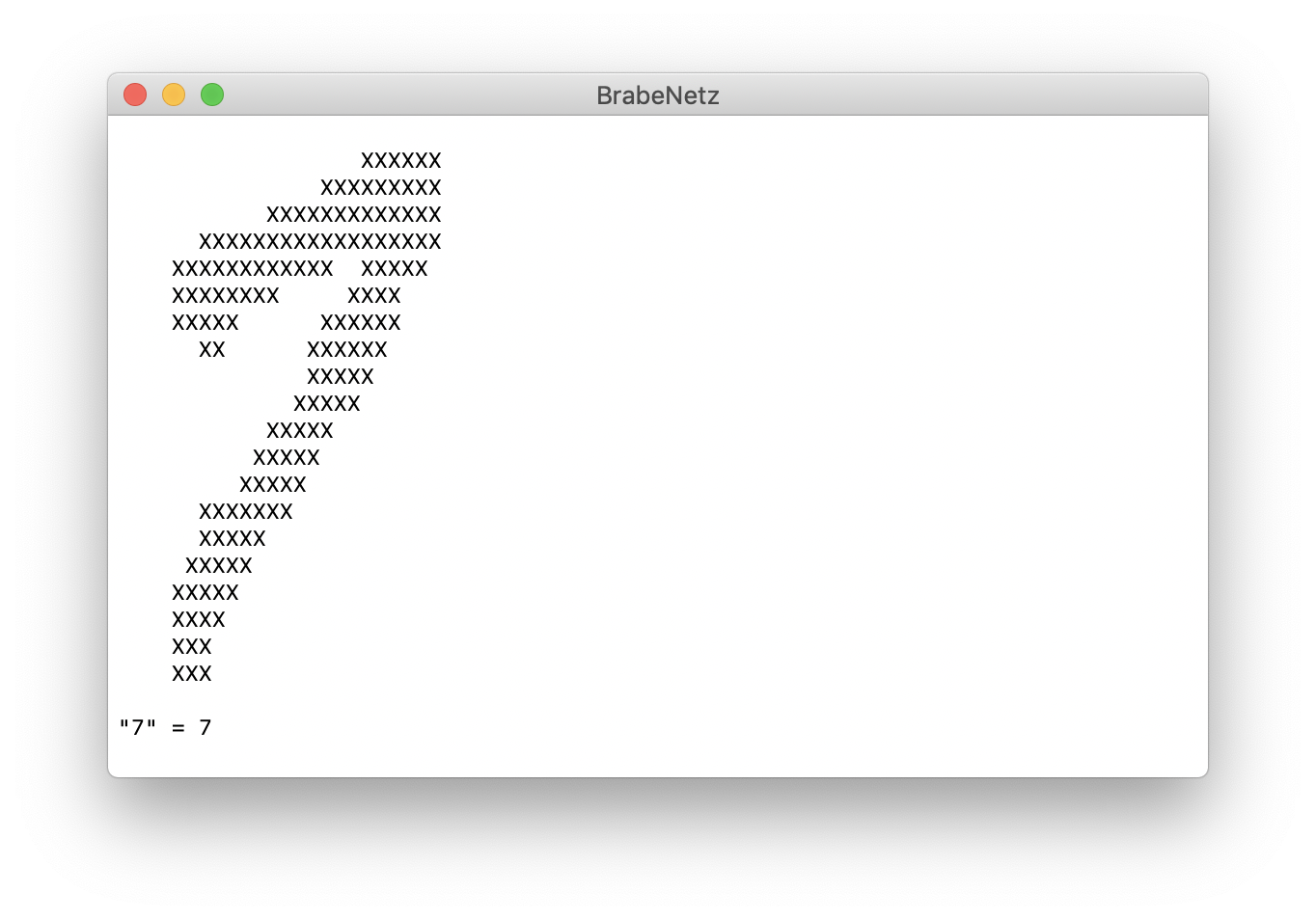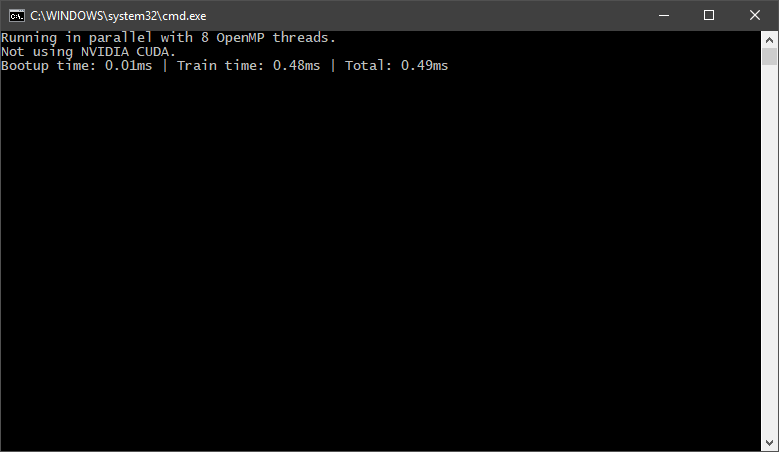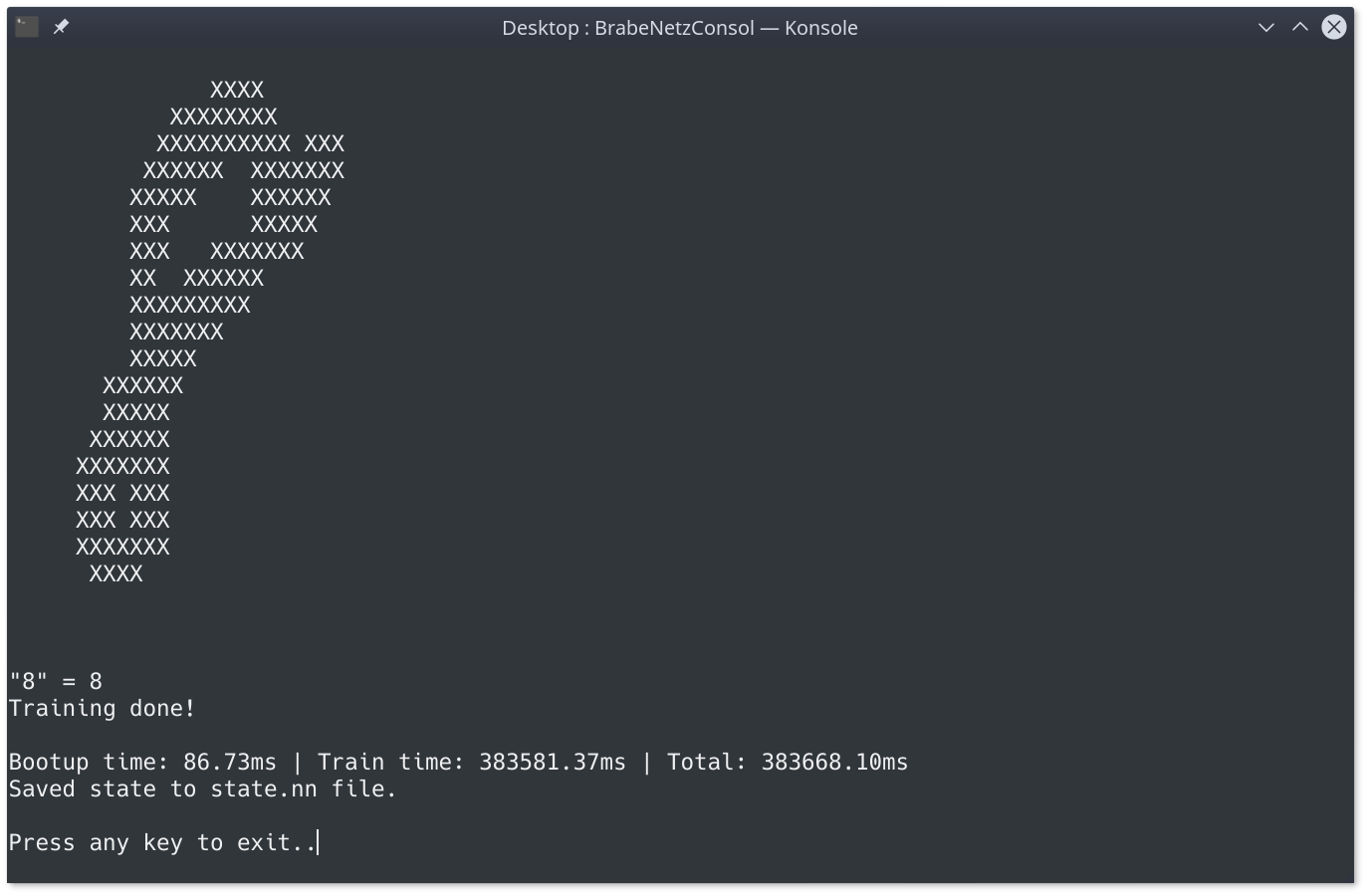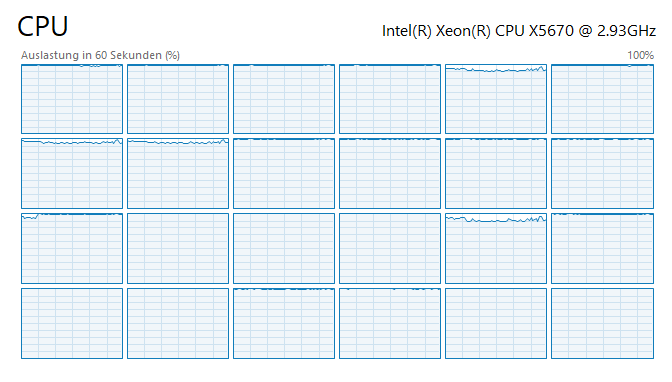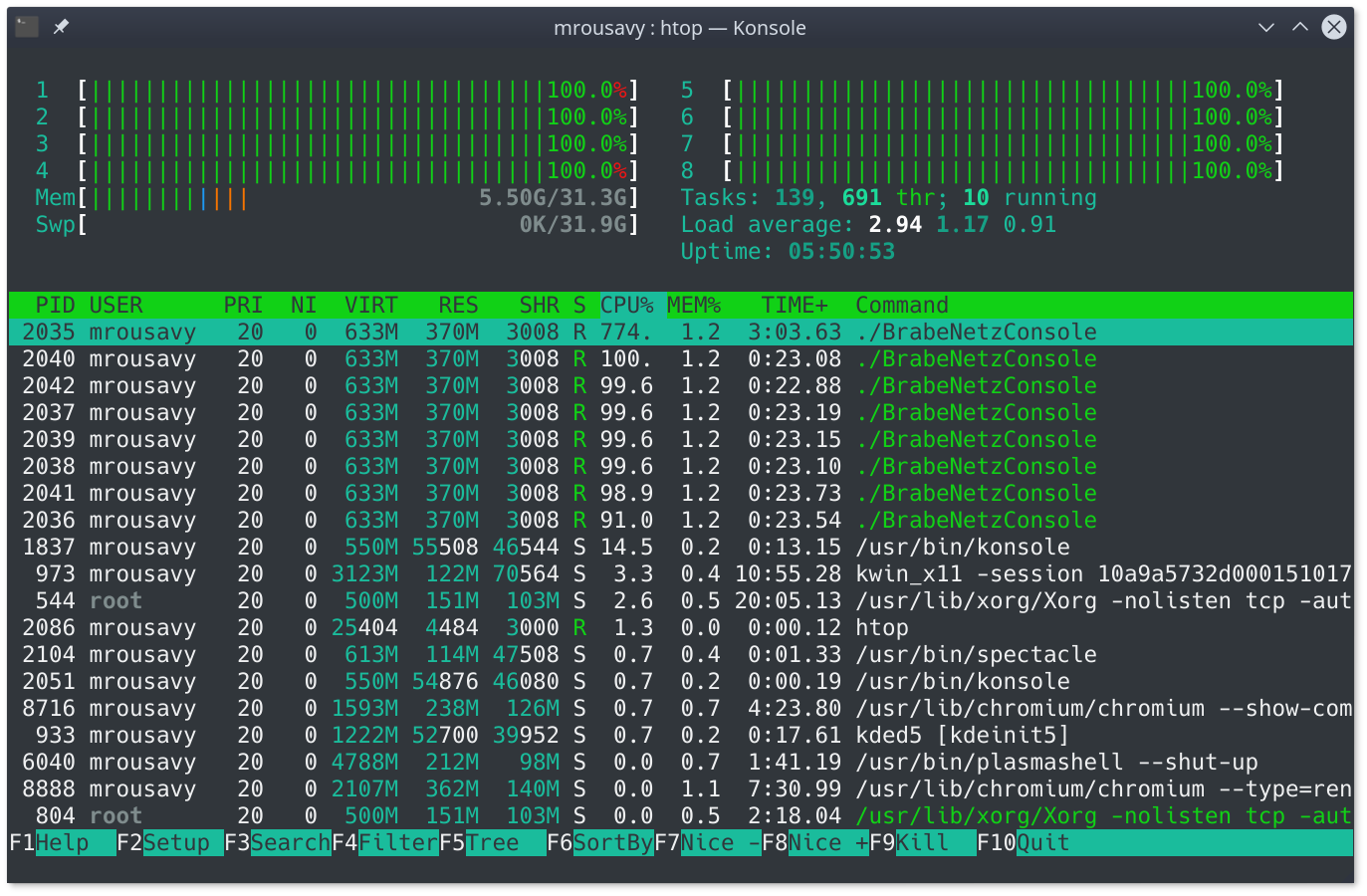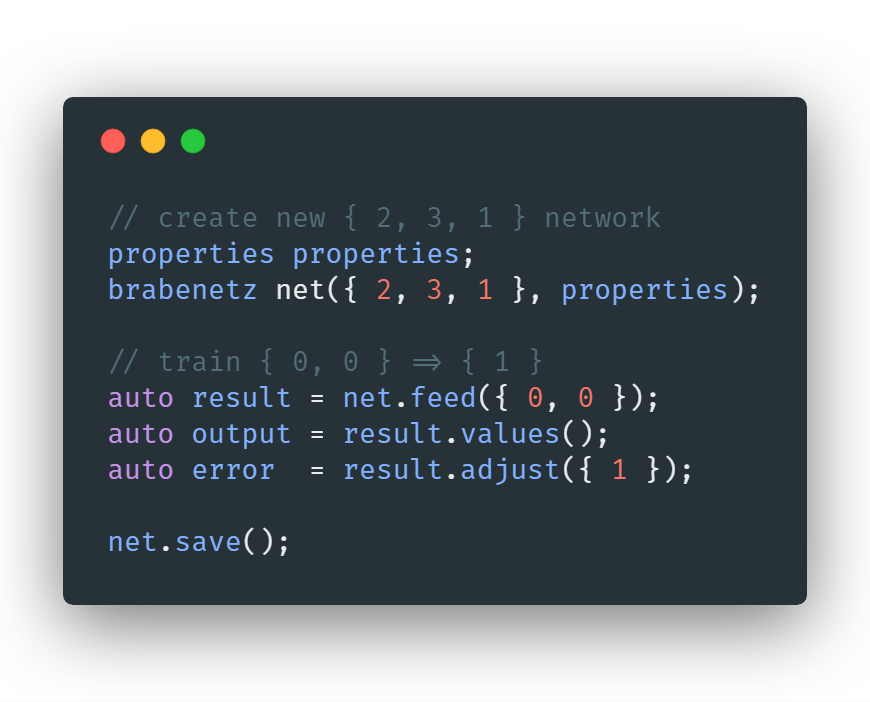BrabeNetz is a supervised neural network written in C++, aiming to be as fast as possible. It can effectively multithread on the CPU where needed, is heavily performance optimized and is well inline-documented. System Technology (BRAH) TGM 2017/18
PM> Install-Package BrabeNetzI've written two examples of using BrabeNetz in the Trainer class to train a XOR ({0,0}=0, {0,1}=1, ..) and recognize handwritten characters.
In my XOR example, I'm using a {2,3,1} topology (2 input-, 3 hidden- and 1 output-neurons), but BrabeNetz is scalable until the hardware reaches its limits. The digits recognizer is using a {784,500,100,10} network to train handwritten digits from the MNIST DB.
Be sure to read the network description, and check out my digit recognizer written in Qt (using a trained BrabeNetz MNIST dataset)
Build: Release x64 | Windows 10 64bit
CPU: Intel i7 6700k @ 4.0GHz x 8cores
RAM: HyperX Fury DDR4 32GB CL14 2400MHz
SSD: Samsung 850 EVO 540MB/s
Commit: 53328c3
Actual prediction of the digit recognizer network on macOS Mojave
Training a XOR 1000 times takes just 0.49ms
Actual prediction of the digit recognizer network on Debian Linux
Effectively using all available cores (24/24, 100% workload)
Task Resource viewer (htop) on Linux (Debian 9, Linux 4.9.62, KDE Plasma)
- Optimized algorithms via raw arrays instead of
std::vectorand more - Smart multithreading by OpenMP anywhere the spawn-overhead is worth the performance gain
- Scalability (Neuron size, Layer count) - only limited by hardware
- Easy to use (Inputs, outputs)
- Randomly generated values to begin with
- Easily binary save/load with
network::save(string)/network::load(string)(state.nnfile) - Sigmoid squashing function
- Biases for each neuron
network_topologyhelper objects for loading/saving state and inspecting networkbrabenetzwrapper class for an easy-to-use interface
-
Build & link library
-
Choose your interface
brabenetz.h: [Recommended] A wrapper for the rawnetwork.hinterface, but with error handling and modern C++ interface styling such asstd::vectors,std::exceptions, etc.network.h: The rawnetworkwith C-style arrays and no bound/error checking. Only use this if performance is important.
-
Constructors
(initializer_list<int>, properties): Construct a new neural network with the given network size (e.g.{ 2, 3, 4, 1 }) and randomize all base weights and biases - ref(network_topology&, properties): Construct a new neural network with the given network topology and import it's existing weights and biases - ref(string, properties): Construct a new neural network with and load the neural network state from the file specified inproperties.state_file- ref
-
Functions
network_result brabenetz::feed(std::vector<double>& input_values): Feed the network input values and forward propagate through all neurons to estimate a possible output (Use thenetwork_resultstructure (ref) to access the result of the forward propagation, such as.valuesto view the output) - refdouble network_result::adjust(std::vector<double>& expected_output): Backwards propagate through the whole network to adjust wrong neurons for result trimming and return the total network error - refvoid brabenetz::save(string path): Save the network's state to disk by serializing weights - refvoid brabenetz::set_learnrate(double value): Set the network's learning rate. It is good practice and generally recommended to use one divided by the train count, so the learn rate decreases the more often you train - refnetwork_topology& brabenetz::build_topology(): Build and set the network topology object of the current network's state (can be used for network visualization or similar) - ref
Usage examples can be found here, and here
Thanks for using BrabeNetz!



